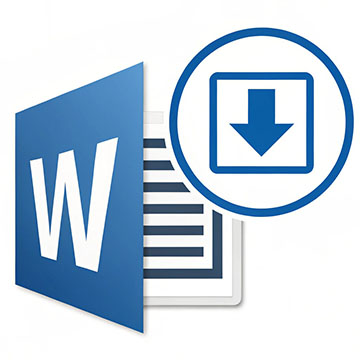Literacy Development of Students of Mexican Descent in the Rio Grande Valley: Implications & Challenges for Science of Teaching Reading
Keywords:
Science of teaching reading , Literacy education, Mexican American students, Matthew effect, Fourth-grade slumpAbstract
Hispanic literacy development in the Southwestern United States is examined through standardized assessment data derived from recent National Assessment of Educational Progress (NAEP) and Texas Academic Performance Reports (TAPR). This longitudinal study focuses on significant variables across a spectrum of grade levels for Hispanics of Mexican descent. Results confirm the existence of a Fourth-grade Slump indicative of a steady decline in reading performance after fourth-grade. At the secondary level, a corresponding Matthew Effect is also detected—whereby students who decline in fourth-grade continue to decline in high school. Socioeconomic status (SES) and gender are correlated as mitigating factors for reading performance. Hispanic students who attended a more affluent high school overall showed moderately better reading scores. Hispanic males performed lower than females. Hispanic males with low SES are identified as being the most at-risk for reading failure in this region. Remediations recommended for alleviating these developmental literacy challenges include a rigorous implementation of Science of Teaching Reading (STR) especially at the earlier grade levels, as well as a promoting a positive awareness about the value of literacy across home, school, and community. Educators and administrators interested in Hispanic reading development along the Rio Grande Valley should find this longitudinal study informative.
Downloads
Published
Issue
Section
License
Copyright (c) 2024 International Journal of Education Science

This work is licensed under a Creative Commons Attribution-NonCommercial-ShareAlike 4.0 International License.
Articles may be used for research, teaching, and private study purposes. Authors alone are responsible for the contents of their articles. The journal owns the copyright of the articles. The publisher shall not be liable for any loss, actions, claims, proceedings, demand, or costs or damages whatsoever or howsoever caused arising directly or indirectly in connection with or arising out of the use of the research material.
The author(s) of a manuscript agree that if the manuscript is accepted for publication in the journal, the published article will be copyrighted using a Creative Commons “Attribution 4.0 International” license. This license allows others to freely copy, distribute, and display the copyrighted work, and derivative works based upon it, under certain specified conditions.
Authors are responsible for obtaining written permission to include any images or artwork for which they do not hold copyright in their articles, or to adapt any such images or artwork for inclusion in their articles. The copyright holder must be made explicitly aware that the image(s) or artwork will be made freely available online as part of the article under a Creative Commons “Attribution 4.0 International” license.

This work is licensed under a Creative Commons Attribution-NonCommercial-ShareAlike 4.0 International License.




